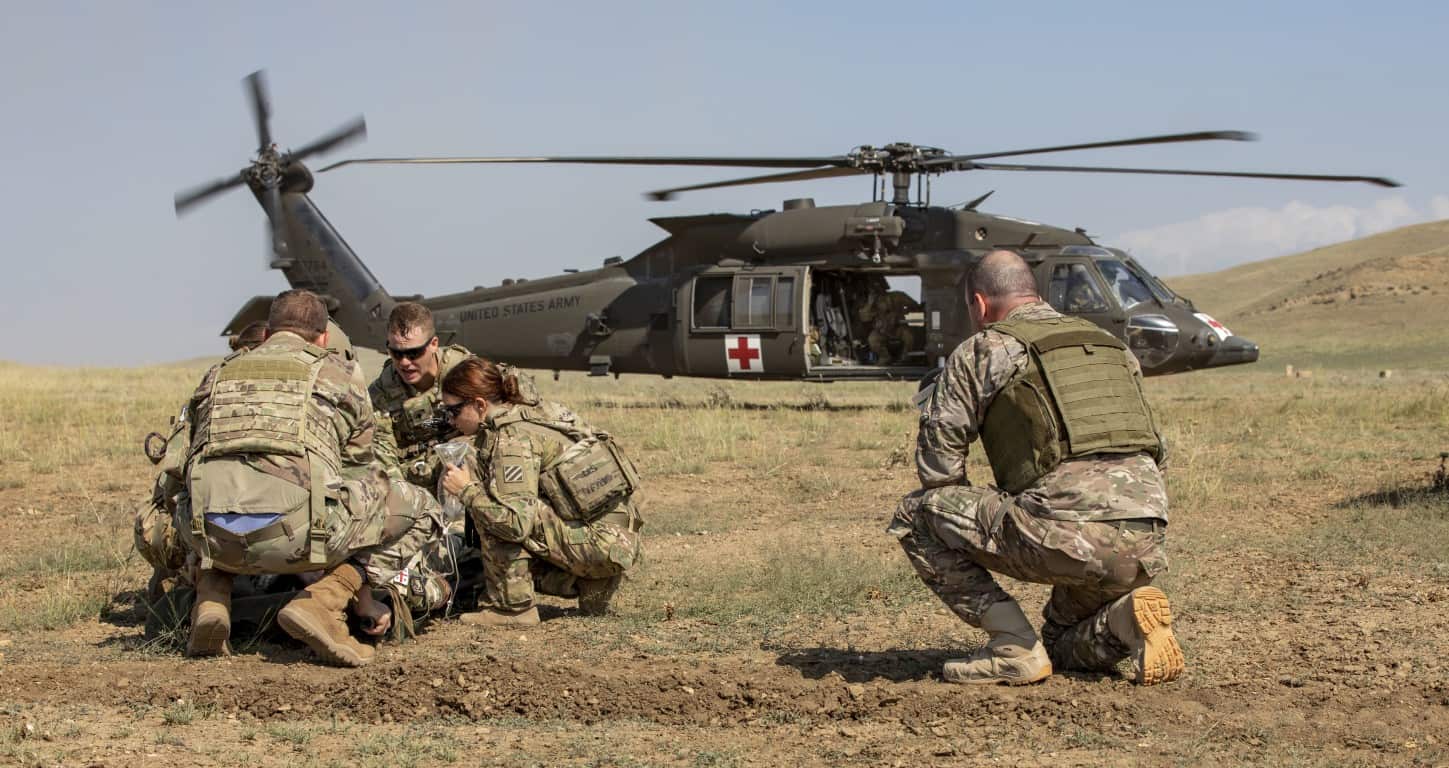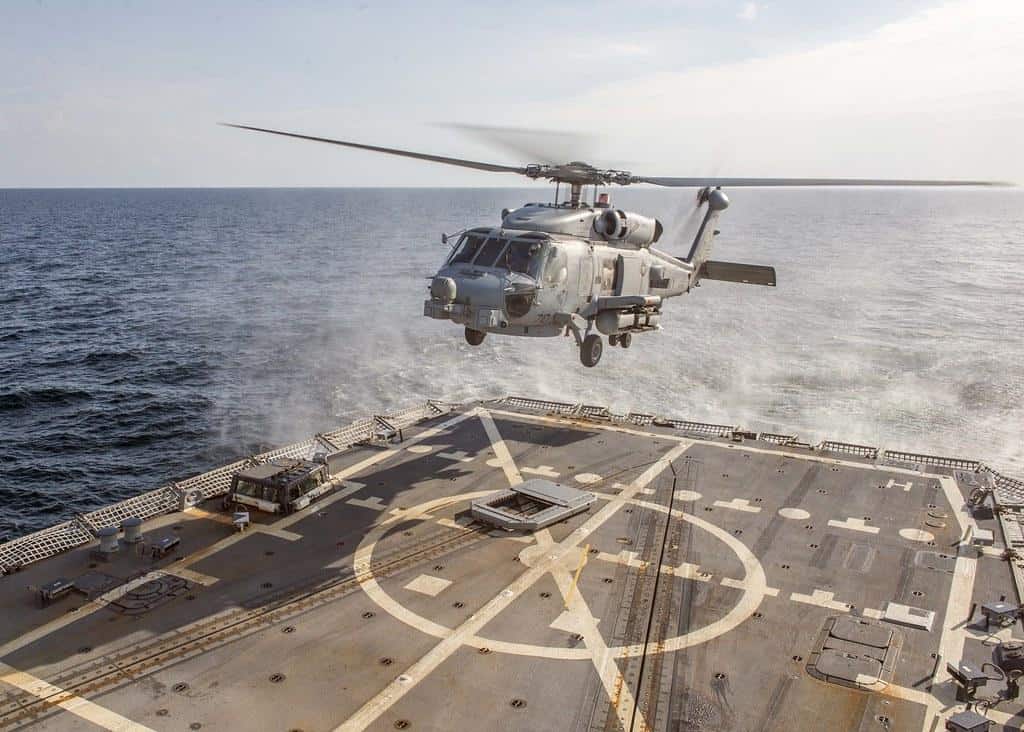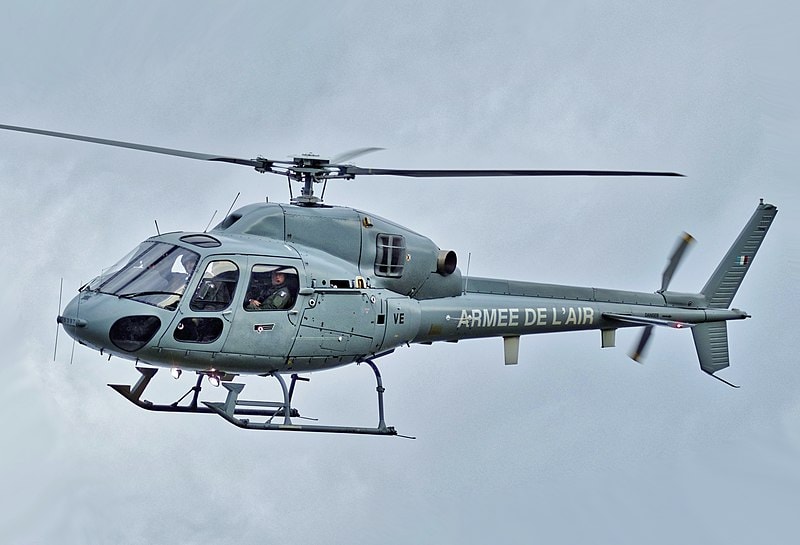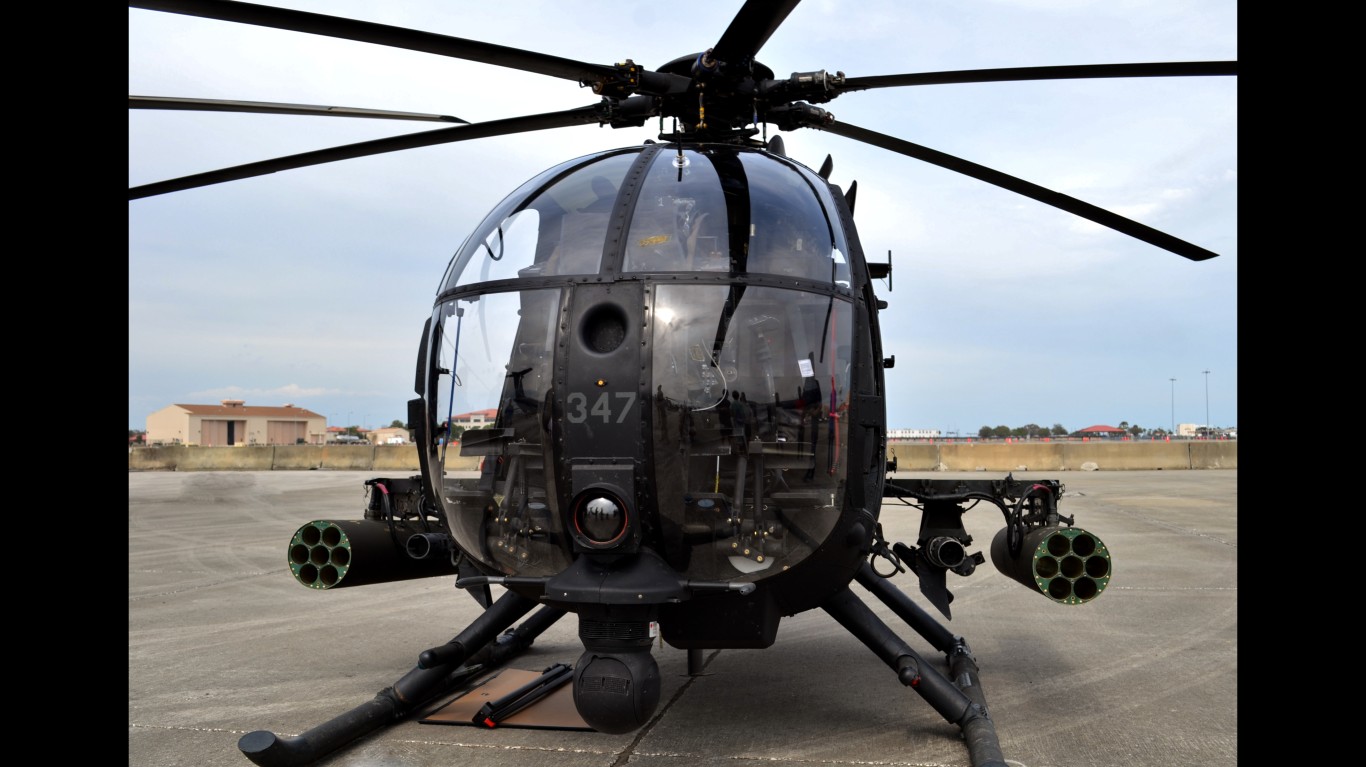Military
More Than 2,000 Black Hawk Helicopters Are Currently in Service of the US Army

Published:

24/7 Wall St. Insights:
The Black Hawk helicopter is one of the most iconic helicopters ever built, it serves a number of roles in militaries around the world, but no military puts it to use like the US Army. With over 2,000 units currently in service, the Black Hawk is a staple in military operations, both domestically and internationally. (These are the fastest gunship helicopters of the modern era.)
This medium-lift helicopter was designed to perform a variety of missions, including troop transport, medical evacuation, and even assault operations. It was introduced to service in 1979, designed by Sikorsky Aircraft.
It features twin turboshaft engines, a single four-bladed main rotor, and a four-bladed tail rotor, which allow for top speeds over 180 mph. Typically, this helicopter carries a crew of two pilots and two crew chiefs and can transport up to 11 fully equipped soldiers. In total, the Black Hawk can carry a payload of roughly 9,000 pounds.
Black Hawk helicopters have played important roles in conflicts around the globe. One infamous instance was the conflict in Somalia in 1993, particularly the Battle of Mogadishu. The Black Hawk played a significant role in urban combat and casualty evacuation under intense fire. This story would go on to make it as a blockbuster movie famously titled “Black Hawk Down.”
The Black Hawk is just one of the storied helicopters used by the U.S. Army. There are many others like the Apache attack helicopter that hold impeccable reputations as well. (These are the most iconic Black Hawk helicopters ever built.)
24/7 Wall St. is taking a closer look at the U.S. Army’s arsenal of helicopters. To identify every helicopter in the U.S. Army, 24/7 Wall St. reviewed the 2024 World Air Forces report from FlightGlobal, an aviation and aerospace industry publication. We ordered these aircraft by how many are currently in active service. We also included supplemental data on the type of helicopter, top speed, and armament.

Understanding the combat aircraft used by the U.S. Army provides insight into joint military capabilities and defense strategies. Also knowing what the U.S. has in its arsenal further explains its military capabilities.





Start by taking a quick retirement quiz from SmartAsset that will match you with up to 3 financial advisors that serve your area and beyond in 5 minutes, or less.
Each advisor has been vetted by SmartAsset and is held to a fiduciary standard to act in your best interests.
Here’s how it works:
1. Answer SmartAsset advisor match quiz
2. Review your pre-screened matches at your leisure. Check out the advisors’ profiles.
3. Speak with advisors at no cost to you. Have an introductory call on the phone or introduction in person and choose whom to work with in the future
Thank you for reading! Have some feedback for us?
Contact the 24/7 Wall St. editorial team.